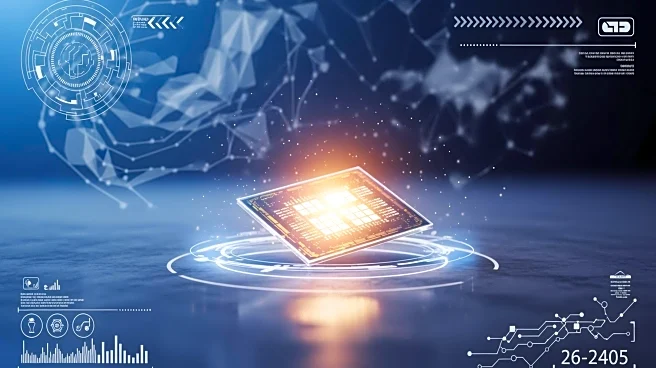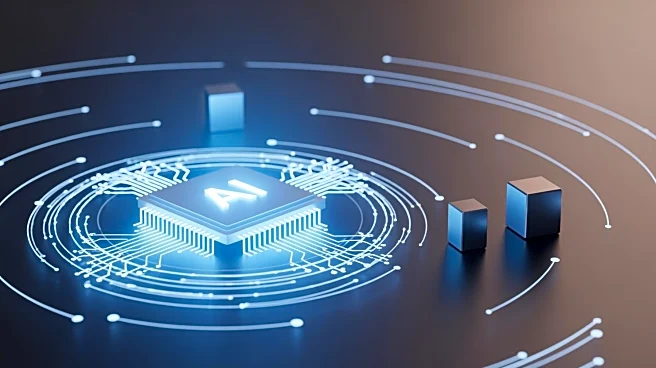What's Happening?
Foxconn, a major supplier for Apple, plans to introduce Nvidia-powered humanoid robots to its production lines within the next six months. This initiative marks a significant shift towards AI-driven automation
in manufacturing. Foxconn CEO Young Liu announced that these robots will be used to assemble AI servers for Nvidia, representing a first in the company's history. Foxconn, known as Hon Hai Precision Industry, operates manufacturing plants in the U.S. and plans to expand further. The deployment of Nvidia's Isaac GR00T N technology will enable robots to function autonomously, enhancing production efficiency in Foxconn's facilities.
Why It's Important?
The integration of AI-powered robots in manufacturing signifies a transformative step in industrial automation, potentially increasing efficiency and reducing labor costs. For Nvidia, this partnership with Foxconn enhances its position in the AI and robotics sectors, showcasing the practical applications of its technology. The move could set a precedent for other manufacturers to adopt similar technologies, driving innovation and competitiveness in the industry. However, the introduction of robots alongside human workers raises concerns about safety and logistics, necessitating careful planning and management.
What's Next?
Foxconn's deployment of humanoid robots is expected to commence within six months, with the new AI-powered factory in Houston serving as a benchmark for smart manufacturing. The collaboration between Foxconn and Nvidia may lead to further advancements in AI-driven production technologies. As the industry adapts to increased automation, companies will need to address challenges related to workforce integration and safety protocols. The success of this initiative could influence other manufacturers to explore AI and robotics solutions, potentially reshaping the future of industrial production.
Beyond the Headlines
The deployment of humanoid robots in manufacturing raises ethical and societal questions about the future of work and the role of automation. While AI-driven technologies offer efficiency gains, they also pose challenges related to job displacement and workforce adaptation. Companies must navigate these complexities to ensure a balanced approach to technological integration, considering both economic benefits and social implications.













